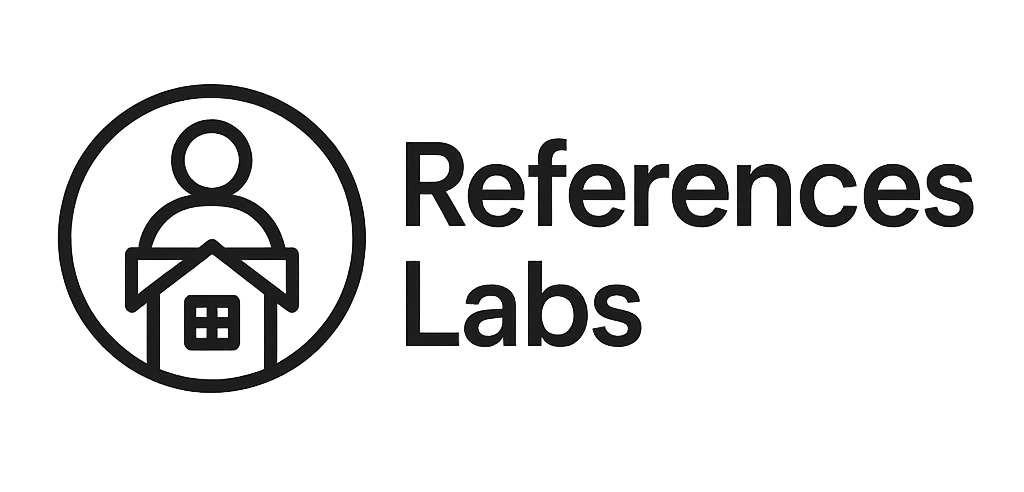These quiet, persistent questions can show up at the worst moments—right before you speak up in a meeting, make a big decision, or pursue something important to you. Self-doubt is something we all experience, regardless of age, background, or success level. Even the most confident people have moments of hesitation.
But when that inner voice becomes louder than your own intentions, it holds you back from opportunities, growth, and genuine self-belief. The good news? Self-doubt isn’t a fixed trait—it’s a pattern. And like all patterns, it can be changed.
In this post, we’ll dive into where self-doubt comes from, how it affects your decisions, and most importantly: how to quiet the noise and build lasting confidence and clarity.
- Understanding the Roots of Self-Doubt
- How Self-Doubt Holds You Back
- Strategies to Build Confidence and Silence Your Inner Critic
- Finding Clarity Through Self-Compassion and Action
- Conclusion
Understanding the Roots of Self-Doubt
Self-doubt doesn’t appear out of nowhere. Often, it’s shaped by past experiences, early influences, and societal pressure. Maybe someone told you, directly or indirectly, that you weren’t smart enough, creative enough, or capable enough. Maybe you learned to equate mistakes with failure—or believed that your worth was tied to achievement.
From a psychological perspective, self-doubt can even serve a purpose: to protect you from risk, rejection, or disappointment. It’s your brain’s way of keeping you safe. But what protected you before can now limit you.
The key is to recognize that these thoughts are not truths—they’re reflections of past beliefs or fears. And once you see that, you can begin to replace them with more supportive, empowering narratives.
How Self-Doubt Holds You Back

Self-doubt isn’t just an occasional feeling; it’s a mental pattern that can significantly shape the course of our lives—if we let it. It’s often insidious and doesn’t announce itself with loud cries of “You’re not good enough!” Instead, it sneaks in quietly, disguised as procrastination, overthinking, or avoidance. This makes it tricky to recognize, but its effects are profound and long-lasting.
When self-doubt takes hold, it leads to a cycle of indecision and inaction. You may find yourself putting off important tasks or delaying big decisions. You feel uncertain about your capabilities, so you wait for “perfect” conditions to take action. But waiting for perfection is a trap. There’s no such thing as the perfect moment to take a step forward, and when you wait for it, you end up paralyzed in a state of inaction.
Another way self-doubt holds you back is through fear of failure. The voice in your head may constantly remind you of your past mistakes, and the potential for making more. This fear can be so overwhelming that it prevents you from even attempting something new. What you don’t realize is that this fear of failure often becomes the biggest obstacle standing between you and your goals.
It also manifests in the form of perfectionism, which is often a defense mechanism to avoid criticism or rejection. Perfectionism isn’t about doing your best—it’s about doing the “right” thing, based on what others expect or think. When you’re trapped by the desire to be perfect, you become obsessed with getting every detail right, which leads to endless tweaking, second-guessing, and overthinking. This holds you back from finishing projects or taking action at all because nothing ever feels quite good enough.
Moreover, self-doubt feeds into a constant need for external validation. When you don’t trust your own abilities, you seek validation from others. This can lead to relying too heavily on feedback and approval, constantly measuring your worth by how others perceive you. It can also cause you to disregard your own values, opinions, and desires, leading to choices that are not aligned with your true self.
Self-doubt also distorts how you view opportunities and success. It makes you focus on all the possible ways things can go wrong, rather than embracing the chances to grow and succeed. You might second-guess invitations or offers, thinking, “I’m not ready for this,” or “They must have chosen me by mistake.” But by not acting on these opportunities, you deny yourself the chance to evolve.
Finally, self-doubt creates a loop of inaction, leading to a lack of momentum. When you don’t believe in yourself, you don’t take the next step. And when you don’t take action, you don’t see results. Without results, you feel even more doubt, and the cycle repeats. This can keep you stuck in the same place for long periods, with little or no progress.
Strategies to Build Confidence and Silence Your Inner Critic
So how do you break the cycle? Here are practical tools to shift your mindset and build confidence from the inside out:
🔹 Name your inner critic
Give it a name or identity—something slightly ridiculous even. This helps you separate your true self from the critical voice in your head. You are not your thoughts.
🔹 Reframe negative thoughts
Notice when you say things like “I can’t do this” or “I’m not ready.” Then ask: What would I say to a friend in this situation? Reframing “I’m not good at this” to “I’m still learning” creates space for growth.
🔹 Celebrate small wins
Confidence grows through action. Every time you do something that feels uncomfortable and succeed—even in a tiny way—you’re proving your inner critic wrong. Keep a “small wins” journal and review it when doubt creeps in.
🔹 Surround yourself with support
You don’t need a huge cheerleading squad—but having a few people who believe in you (even when you don’t) can be game-changing. Choose relationships that lift you up, not ones that feed your doubts.
🔹 Take imperfect action
Perfectionism is often fear in disguise. The truth is: clarity and confidence come through doing. Make the call. Hit publish. Ask the question. You build trust in yourself by showing up, not by waiting to feel ready.
Finding Clarity Through Self-Compassion and Action
Many people believe they need confidence before they act. But often, it’s the action itself—especially when done with self-compassion—that brings both clarity and confidence.
Clarity doesn’t always come from thinking more. It comes from moving forward, making mistakes, reflecting, and adjusting. Being kind to yourself along the way isn’t a weakness—it’s a strength.
Tools that can help include:
- Journaling: Write out your thoughts to see patterns and separate fear from fact
- Mindfulness or meditation: Helps you observe your thoughts without judgment
- Coaching or therapy: A supportive space to work through deeper beliefs

When you treat yourself like someone worth supporting, you create the safety needed to take brave steps forward.
Conclusion
Self-doubt will always show up when you try something new, stretch your comfort zone, or care deeply about the outcome. But it doesn’t have to hold you back.
Confidence isn’t something you either have or don’t—it’s something you build, one choice at a time. You don’t need to be perfect. You just need to be willing to start, even with shaky hands.
So the next time that voice whispers, “You’re not ready,” smile and say: Maybe not. But I’m showing up anyway.









